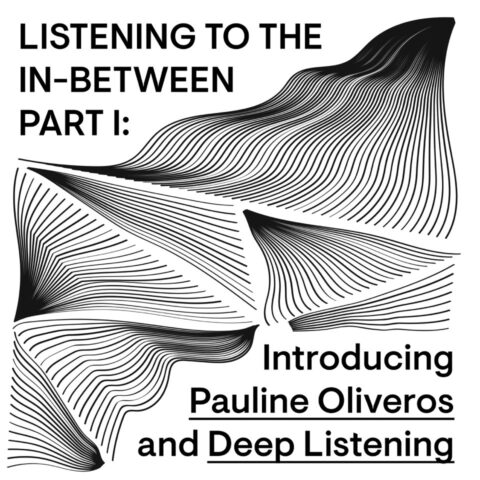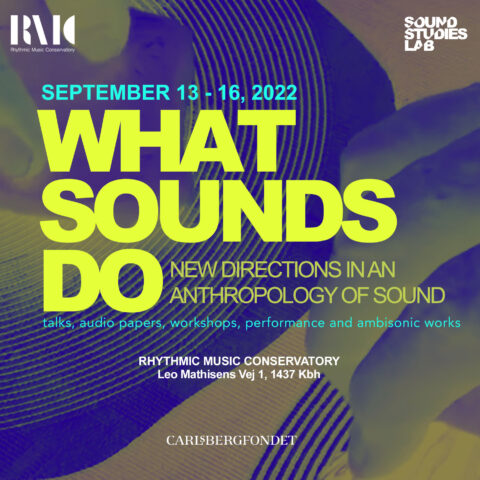
Great article by Lawrence English at FACT: A Beginner’s guide to field recording
In Peter Szendy’s provocative book Listening, he presents two related questions: “Can one make a listening listened to? Can I transmit my listening, unique as it is?”
It’s these questions that have occupied my thinking a great deal over the past few years. This preoccupation has resonated through much of my work, specifically though my practice of field recording. More importantly, it has provided me with the opportunity to think critically about what it is that makes field recordings affecting, meaningful and ultimately creative. Why, for example, is it some these types of recordings move us, and others simply don’t?
It’s not that long ago when recordists and researchers working with sound thought of it as a mechanism through which objectivity could be transmitted. One needs to listen no further than early ethnomusicology and mid-century wildlife recording for examples of this attitude. The pretence to being objective brought with it an inferred negation of agency, that somehow the recordist was simply capturing moments of the real when they started the tape rolling. The idea of objective recording in the field, thankfully now problematised and rejected, still lingers though like a spectre haunting the ways many listeners consider recordings. It is as if, somehow, because of where they are recorded they are true. The issue for anyone who undertakes field recording as part of their practice is to recognise that agency and ultimately a kind of creative subjective listening is vital if the work is to transmit, as Szendy puts it, the listener’s listening.
But what is field recording? And moreover why has it become a substantial presence in the contemporary sound ecologies? Merely two decades ago it was a somewhat uncharted realm lacking vigorous and pluralistic investigations. It’s these questions and a few more I am seeking to consider here. I should at this point say that what follows is by no means an exhaustive survey of field recording artistry or a bible of practices. It is perhaps more a sketch or mud map from which you can cut your own pathway into the field should that appeal.





